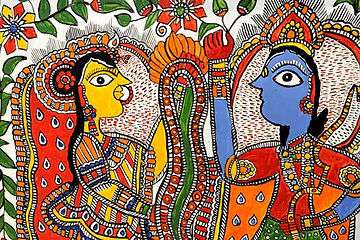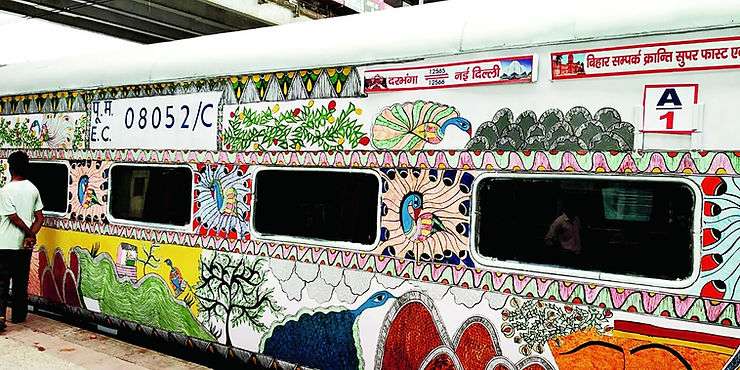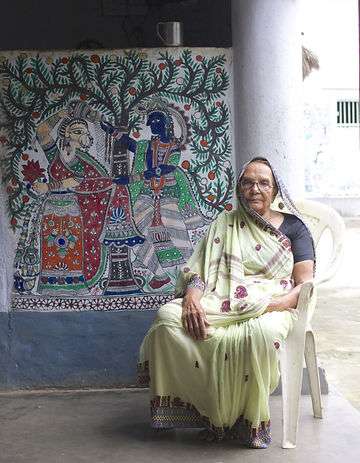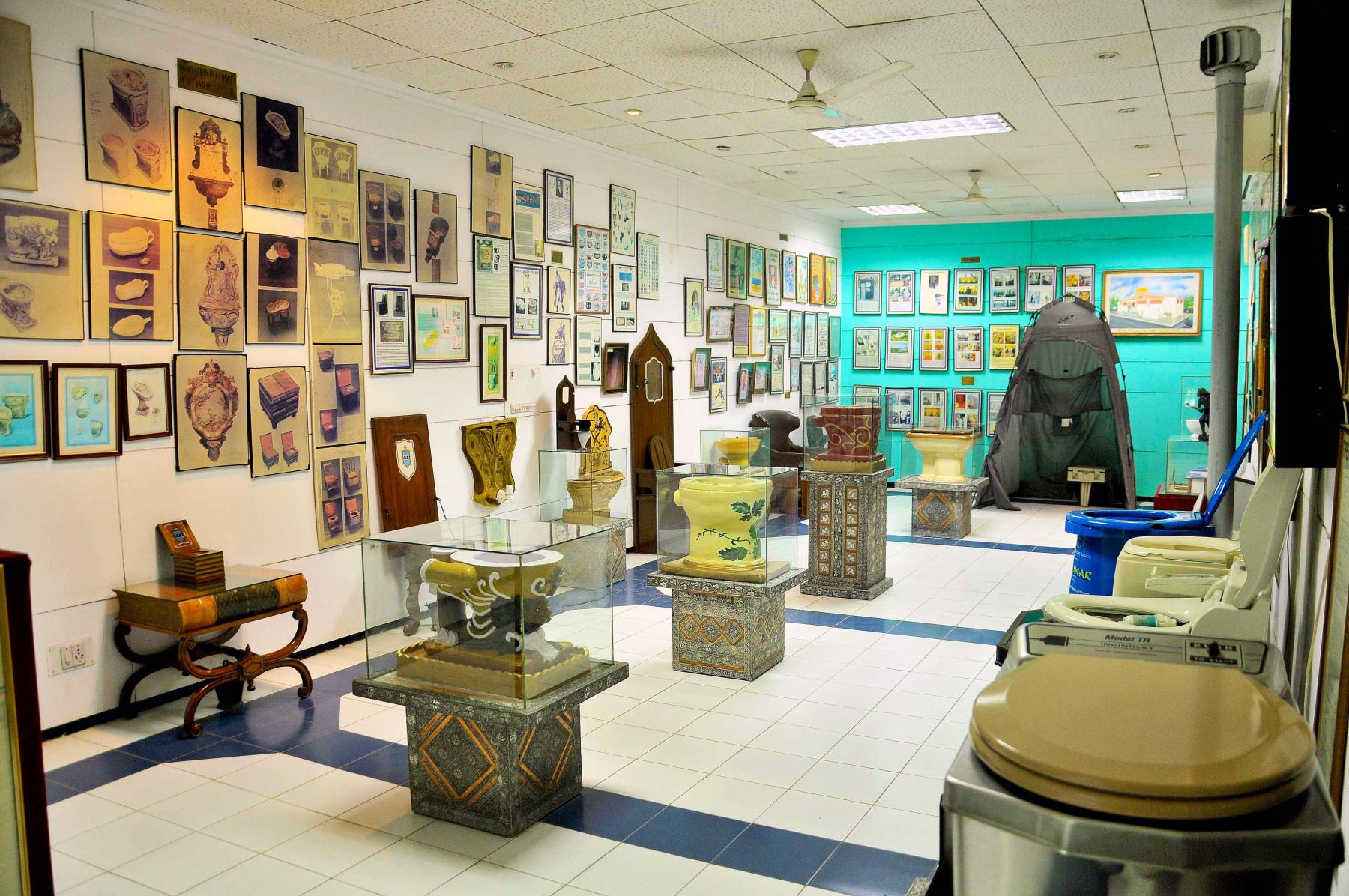When talking about the culture of any place one cannot leave out the ubiquitous influence of art. Art that is born out of the history, heritage and experiences of the people of that place, and that both reminisces about the past and looks forward to the future. John Keats beautifully portrays this in his poem, ’Ode on a Grecian Urn’ where he talks about how art can immortalize a fleeting moment of beauty like a sacred shrine.
India, a land rich in its heritage, history and culture, is no stranger to many different art forms, each that have preserved numerous stories of people and places. Bihar is one such shrine of art and culture, and its well-known origin of Madhubani Art that originated in the Mithila region almost 2500 years ago is not just a good glimpse into history but also extremely relevant to several sociological conversations today.
What Makes Madhubani So Special?
An art form dating back almost 2500 years, Madhubani (literally translated as “honey from a forest”), is an art form originally created by women during festivals, special occasions or ceremonies. These aren’t paintings created in the traditional sense using paint and a brush, but are made using fingers as well as twigs and matchsticks, and in the modern day even pen nibs! These paintings boast an intricate outline made from rice paste as its framework before the colors are introduced. With rarely any blank spaces, most borders are embellished with geometric or floral patterns using natural dyes like black from charcoal, mixing soot with cow dung, red from the famous kusum flower, or yellow from mixing turmeric with milk.

One can distinguish a Madhubani painting from the bulging fish-like eyes and pointed noses of the figures. These paintings are usually underlined by themes of natural elements like fish, elephants, turtles, bamboo trees, and oftentimes even the sun and the moon. Noticing geometric patterns in these paintings often symbolize love, devotion, fertility and prosperity, while also depicting scenes of wedding rituals, religious rituals and even different cultural events.

What’s even more interesting is that Madhubani Art is not just a homogenous local craft but has distinctive sub-styles and traditions, many of which can be traced back to the caste system. The Brahmins traditionally used more color and religious motifs partly due to their access to raw materials and sacred texts, whereas the Kayastha style tended to focus more on representing fertility and celebration. Meanwhile, the lower castes who were banned from using religious motifs, took their inspiration from nature- a style known as Godhana or Tattoo.

The contemporary styles of Madhubani Painting were born in the early 1960s following the terrible Bihar famine. The women of Mithila were then encouraged to apply their painting techniques from the walls in their homes to paper to supplement their meager household incomes. This move has led to this folk art being loved by people from all over the world, including getting major recognition from the United Nations itself.
The Indian Railways’ Ode to Madhubani Art
The Indian Railways have discovered an innovative way of preserving the Madhubani art style of Bihar. Two such trains from Bihar have become the centre of attraction whenever they pass through any railway station. The Madhubani art form, has been adorned on the walls of Bihar Sampark Kranti Express and Patna Rajdhani Express. All the bogies of both these trains display Madhubani paintings completed with a lot of enthusiasm. The paintings on both the trains were completed by July, 2018 with the intention of popularising Madhubani painting at the national level. These two trains have been functional since August, 2018 and have gained significant attention from the media since their maiden journey. Interestingly, the railway station of Madhubani has also won the award in a station beautification competition in August, 2018 at Rail Bhawan in New Delhi. Railway minister Piyush Goyal had felicitated the artists who participated in the competition by giving them cash awards and appreciation certificates.

Where is Madhubani Art At Today?
The knowledge of this art style has been kept alive in Madhubani through generations – the evidence of which can be seen in several house with walls painted in the Madhubani art style in villages in rural Bihar. To make the art style more portable and accessible, the paintings have gradually shifted from mud walls to handmade paper, cloth, and canvas. With changing times and accessibility to education, women have started using this art form to create awareness on social issues and to empower other women. Artists like Karpuri Devi, Mahalaxmi and Dulari have assumed the role of leaders in this small community and are doing an excellent job in familiarising other women with the importance of Madhubani painting.

In a moment of pride for India, Japan has been so inspired by Indian Railways method of depicting Madhubani Art on trains that it is set to introduce the magnificent Mithila art designs on its trains! It’s nothing new for Japan to have artwork on it’s trains, usually depicting anime characters or beloved cartoon characters but, to be able to see an Indian folk art on its trains is truly nothing short of a huge feat.

For an art form that captures not just history and culture but the hopes and dreams of the women and people of Mithila, Madhubani is an art form one cannot miss. If you want to witness artists at work, we recommend visiting Benipatti in Madhubani district, Gram Vikas Parishad in Ranti and Vaidehi in Madhubani to see this,centuries-old centuries-old art form coming to life!




